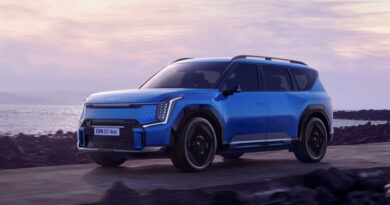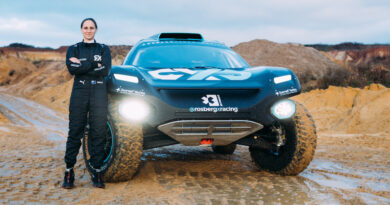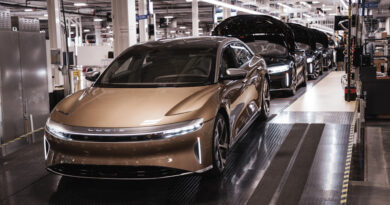Dacia Bigster – terrible name, beastly looks
While the electric Renault 5 Prototype stole the headlines at last week’s ‘Renaulution’, its sub-brand Dacia also made some EV noise.
This is the Dacia Bigster. A “clean entry” mid-size SUV concept the Romanian-founded brand says arrives with “an outdoorsy touch of coolness”. Top marks to the PR team there, although points off for the quite terrible Bigster name.
A production version would be one of three new Dacia models arriving by 2025, and the Bigster “could come with both alternative-energy and hybrid engines, meaning the brand will always be perfectly in sync with changing regulation and customer expectation.”
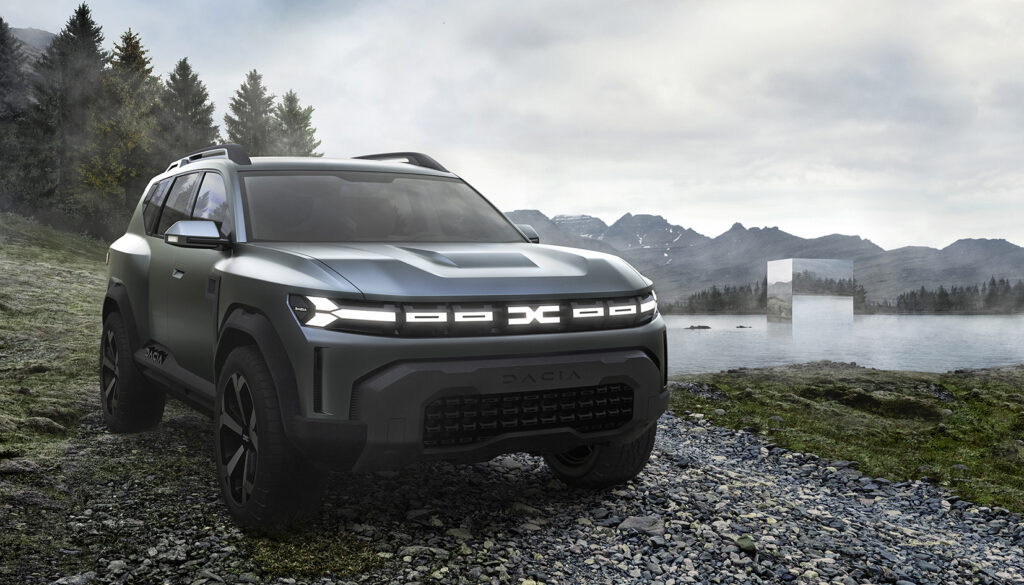
BEV, hybrid, hydrogen, LPG?
With Groupe Renault boss Luca de Meo last week announcing it would “move to an energy brand, strengthening our EV leadership … and investing in hydrogen,” Dacia will have access to the Renault-Nissan-Mitsubishi Alliance’s platforms and powertrains, seemingly hybrid, battery-electric and fuel-cell. The “alternative-energy” part could also point to LPG/CNG (liquified petroleum gas/compressed natural gas) suitability.
Dacia’s new eco models would be in addition to the Chinese-sourced Dacia Spring, on-sale in Europe this year with plans to be the region’s cheapest EV, costing under 18,000 Euros, or about $30,000.
To add alliances to alliances – prepare yourself – a new Dacia-Lada business unit has been created: a boon for budget Eastern Bloc car enthusiasts everywhere. The two brands will share the group’s CMF-B modular platform, but Dacia and Lada products will continue to be styled and sold separately.

RAV4 on steroids
As for the Bigster (here’s hoping it lands a more grown-up name when it comes to market) we know it’s 4.6-metres long, therefore dimensionally similar to a Toyota RAV4.
It doesn’t look too dissimilar to the strong-selling Toyota either, albeit with a dash more futurism and a healthy dose of steroids. A decent-sized back end suggests it could even handle seven seats.
Dacia claims it’s “meant for open air and dusty roads” to hint at all-wheel-drive capability, all the while staying true to its budget roots priced “at the cost of a vehicle from the segment below.”
Being a reasonably large mid-sized SUV (C-Segment) we’re promised a “very spacious interior” but “no bells and whistles, no chrome trim or imitation aluminium, the Bigster Concept is a genuine vehicle made with genuine principles, such as the choice to use only raw recycled plastics for all exterior protective panels.”
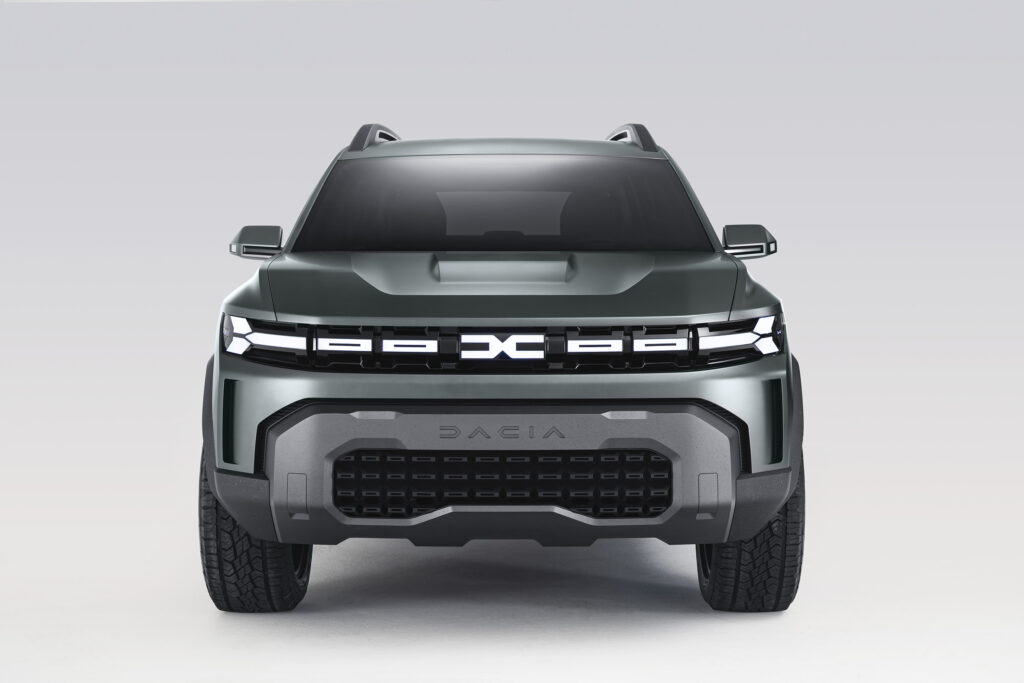
Dacia for Australia?
Renault Australia has previously gone on record saying it would be interested in offering Dacia products locally if it could justify a business case. Well, our appetite for budget products – especially after a torrid, Covid-disrupted 2020 – is incredibly strong right now.
The success of budget-brand MG (sales in 2020 up 83% while the overall Australian new car market tumbled 14%) is a wake-up call to the industry. Chinese-owned MG currently offers the cheapest EV on the Australian market, the MG ZS EV, costing from $43,990 drive-away.
Dacia’s potential shouldn’t be underestimated. It’s sold 5 million cars in 44 countries since 2004, including in right-hand-drive UK. For reference, Dacia outsold MG and Mitsubishi in Britain last year.
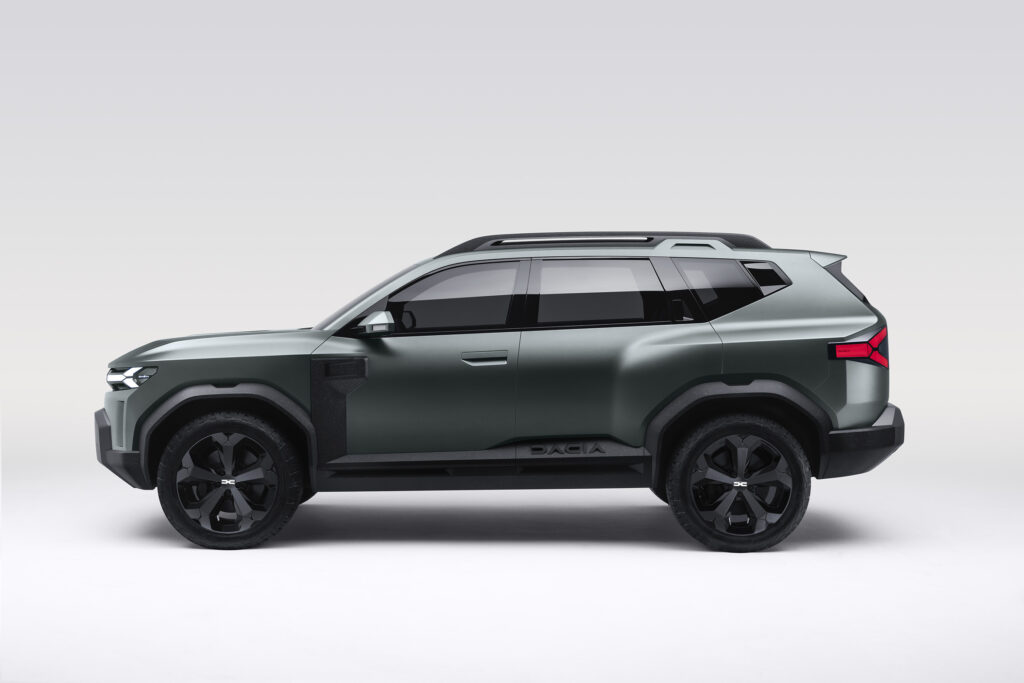
Could the Bigster be a breakthrough model for Dacia in Australia? We love a mid-size SUV, fall for off-road capability (or the hint of it) and are crying out for more affordable electric vehicles to supplement the growth of six-figure prestige EV offerings.
And, daft name aside, the Bigster’s rugged looks would do it no harm at all on the showroom floor.


